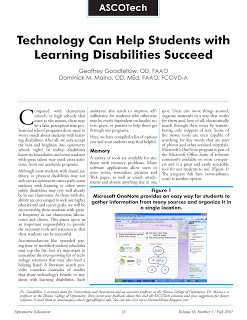
There are several optometrist who now serve the interest of the public and their country not only as highly skilled health care professionals but also as members of the US House and Senate as well as in the various state legislative bodies. Congratulations to all these optometrists and their constituents!
************
Little Rock, Arkansas (Nov. 2, 2010) - With a sweeping and historic election victory tonight, Rep.
John Boozman, O.D. (R-Ark.), highly regarded five-term member of the House of Representatives and long-time AOA member, has become the first Doctor of Optometry (OD) ever elected to the U.S. Senate....
Optometrists Maintain Presence in the State Legislatures
Optometrist legislators in nine of the 14 states where they currently hold office were up for re-election yesterday. All eight won their races. Rep. Richard J. Ball, O.D. from Michigan District 85 (R), one of 15 states with term limits, will reach the end of his final term in office on Dec. 31.
Optometrists winning re-election yesterday:
Rep. James McClendon, Jr, O.D. from Alabama District 50 (R) (ran unopposed)
Rep. Edward P. Hernandez, O.D. from California District 57 (D), one of 15 states with term limits, did not run for his last term as a Representative, opting to run for Senate District 24 (ran unopposed)
Rep. J. David Crum, O.D. from Kansas District 77 (R) (ran unopposed)
Rep. James F. Morrison, O.D. from Kansas District 121 (R) (ran unopposed)
Rep. Terrence M. Swinger, O.D. from Missouri District 162 (D) (ran unopposed)
Rep. Steven D. Tilley, O.D. from Missouri District 106 (R) serves as House Majority Leader and will become Speaker of the House in 2011 (ran unopposed)
Rep. Steven Cunningham, O.D. from New Hampshire (Sullivan) House District 2 (R)
Rep. Arthur J. Corvese, O.D. from Rhode Island District 55 (D) (ran unopposed)
Deborah A. Long, O.D. from South Carolina House District 45 (R)
The following optometrists serving in their state legislatures were not up for re-election yesterday and continue to serve:
Senator Pete Brungardt, O.D. from Kansas District 24 (R) (next election Nov 2012)
Senator David R. Heitmeier, O.D. from Louisiana District 7 (D) (next election Oct 2011)
Senator, Robert L. Hawks, O.D. from Montana District 33 (D) (in last term as a Senator ending Dec. 2012)
Rep. Roxann L. Robinson, O.D. from Virginia District 27 (R) (next election Nov 2011)
Optometry family members won re-election in the following state races:
Rep. Stephanie Malone from Arkansas District 64 (R) is the niece of U.S. Congressman John Boozman (ran unopposed)
Senator Bette Lasky from New Hampshire District 13 (D) is the wife of Dr. Elliot Lasky, an optometrist practicing in Nashua
Rep. Gary Odom from Tennessee District 55 (D) serves as House Majority Leader and is the Executive Director of the Tennessee Optometric Association
The following optometry family member serving in his state legislature was not up for re-election yesterday and continues to serve:
Rep. Andy Anders from Louisiana District 21 (D) is the father of Dr. Bridget Anders Milliken, an optometrist practicing in Ferriday, LA (next election Oct 2011)
And in other state-wide elected offices:
Mike Kreidler, O.D., former Democratic U.S. Congressman from Washington state, is serving in his third term as Washington State Insurance Commissioner (next election Nov 2012)
Congratulations again to all!


